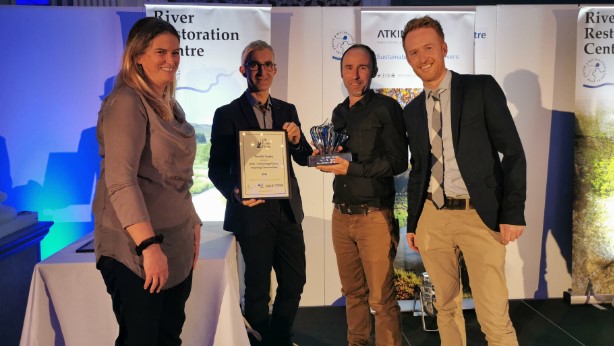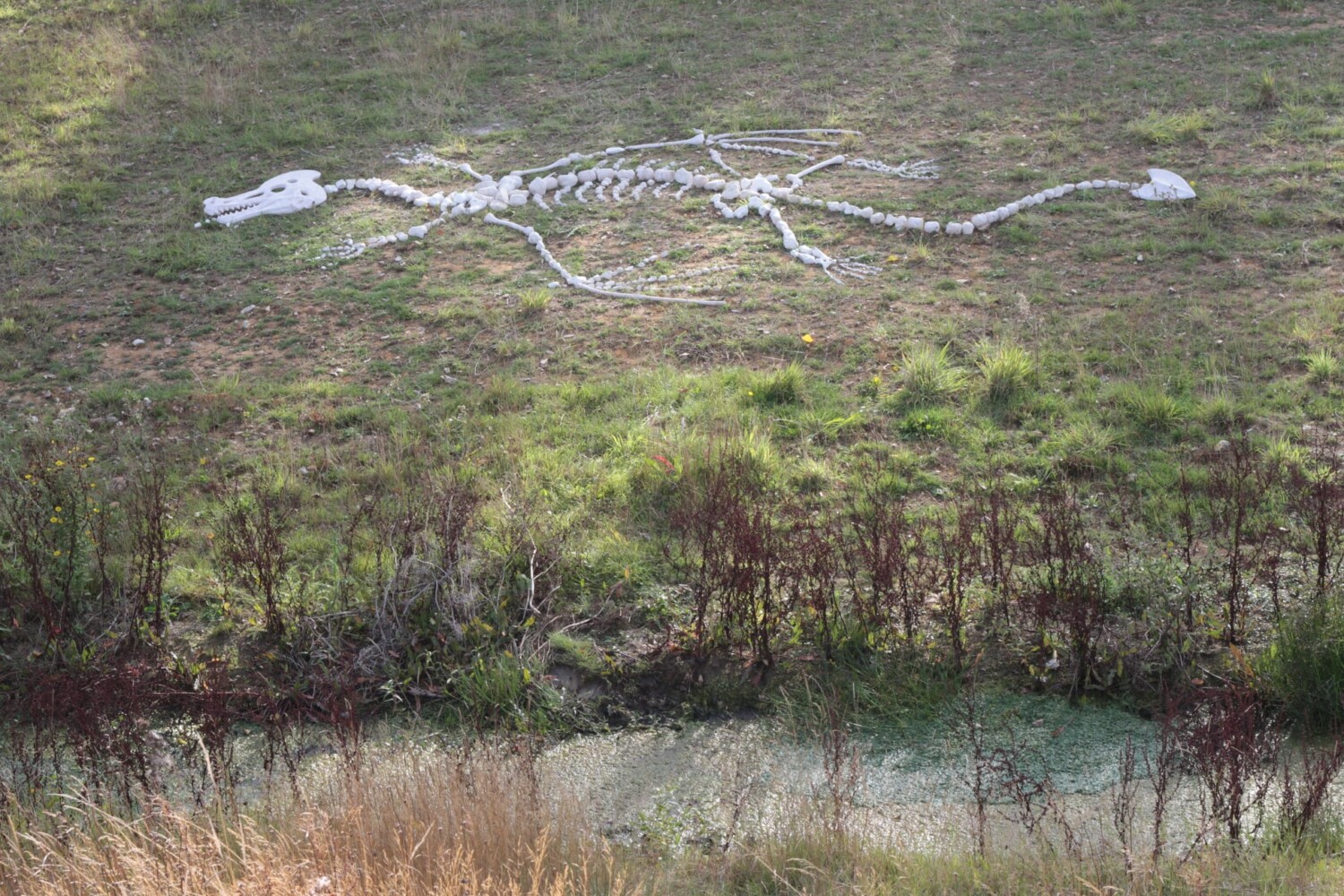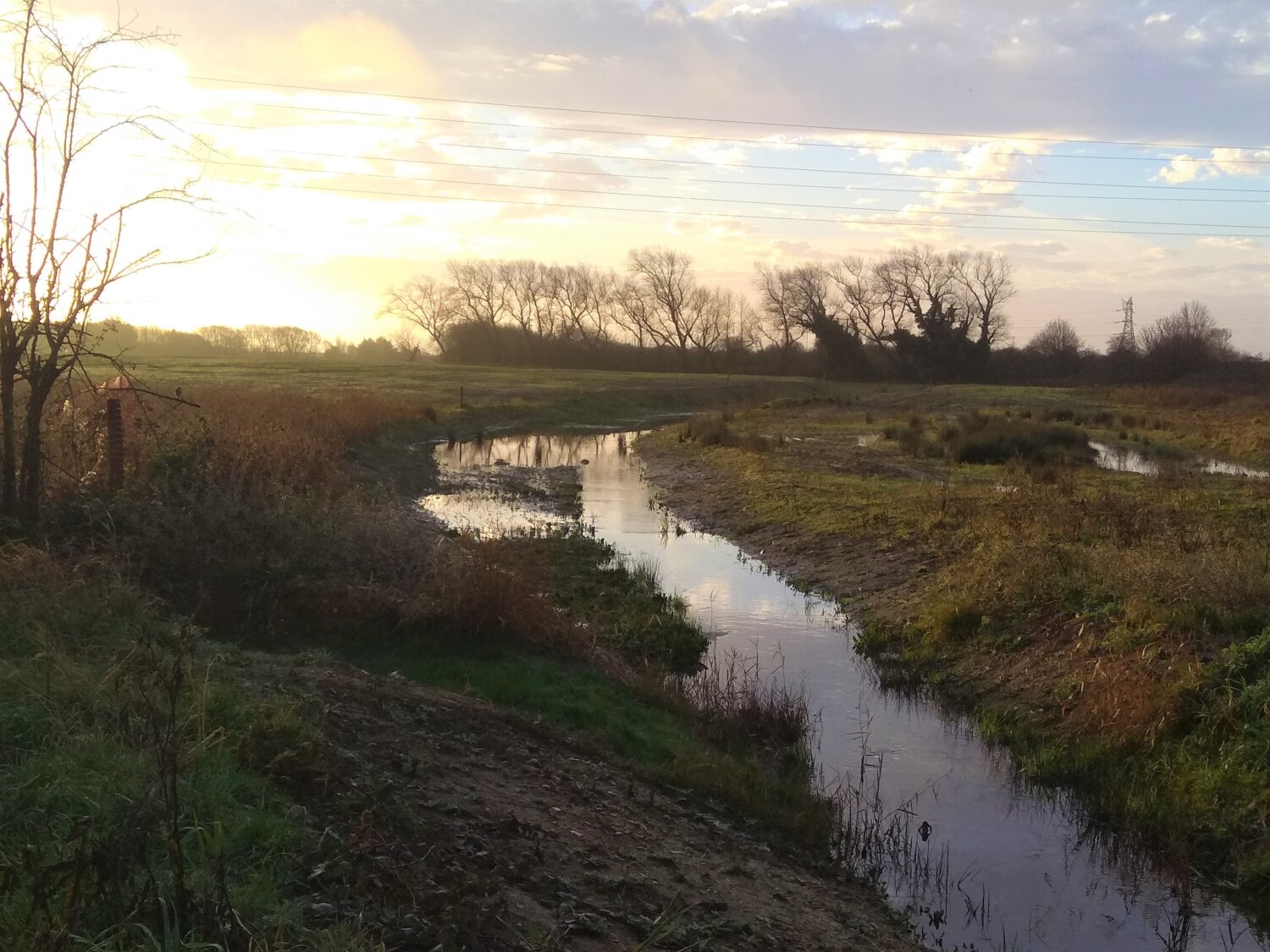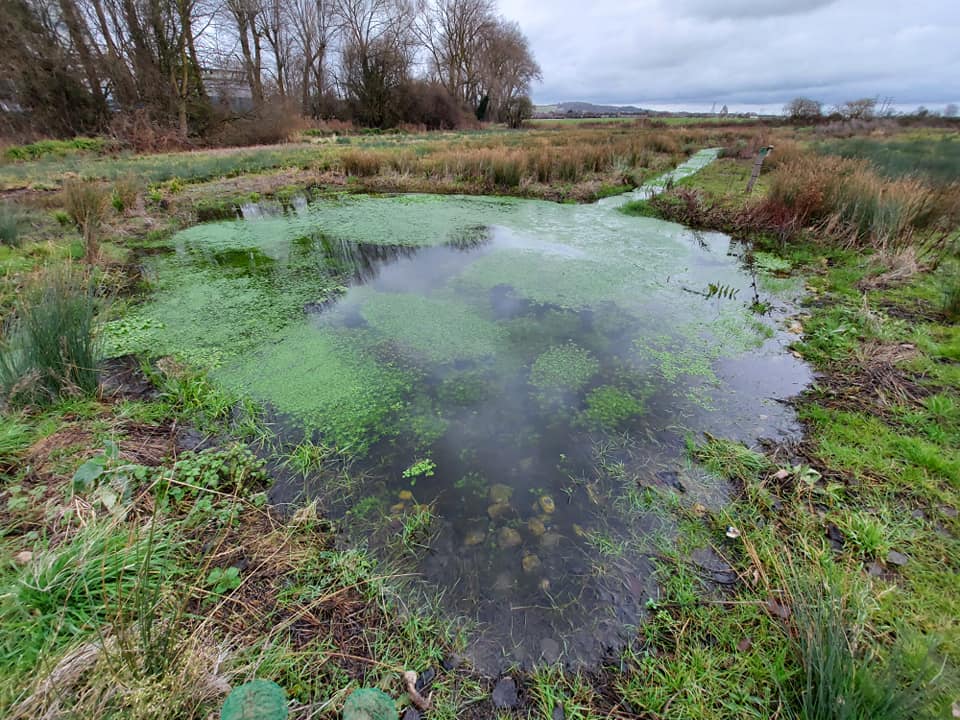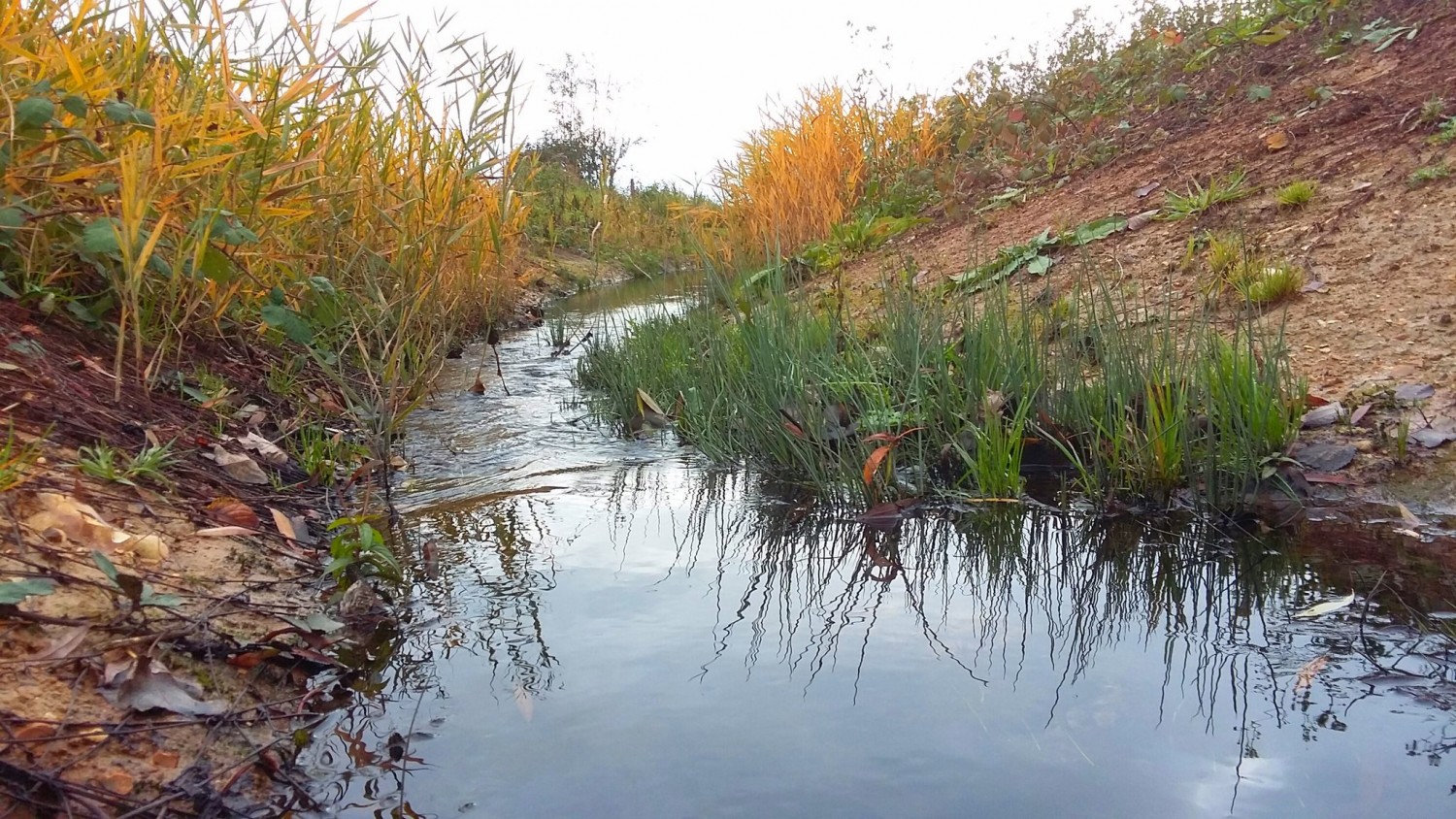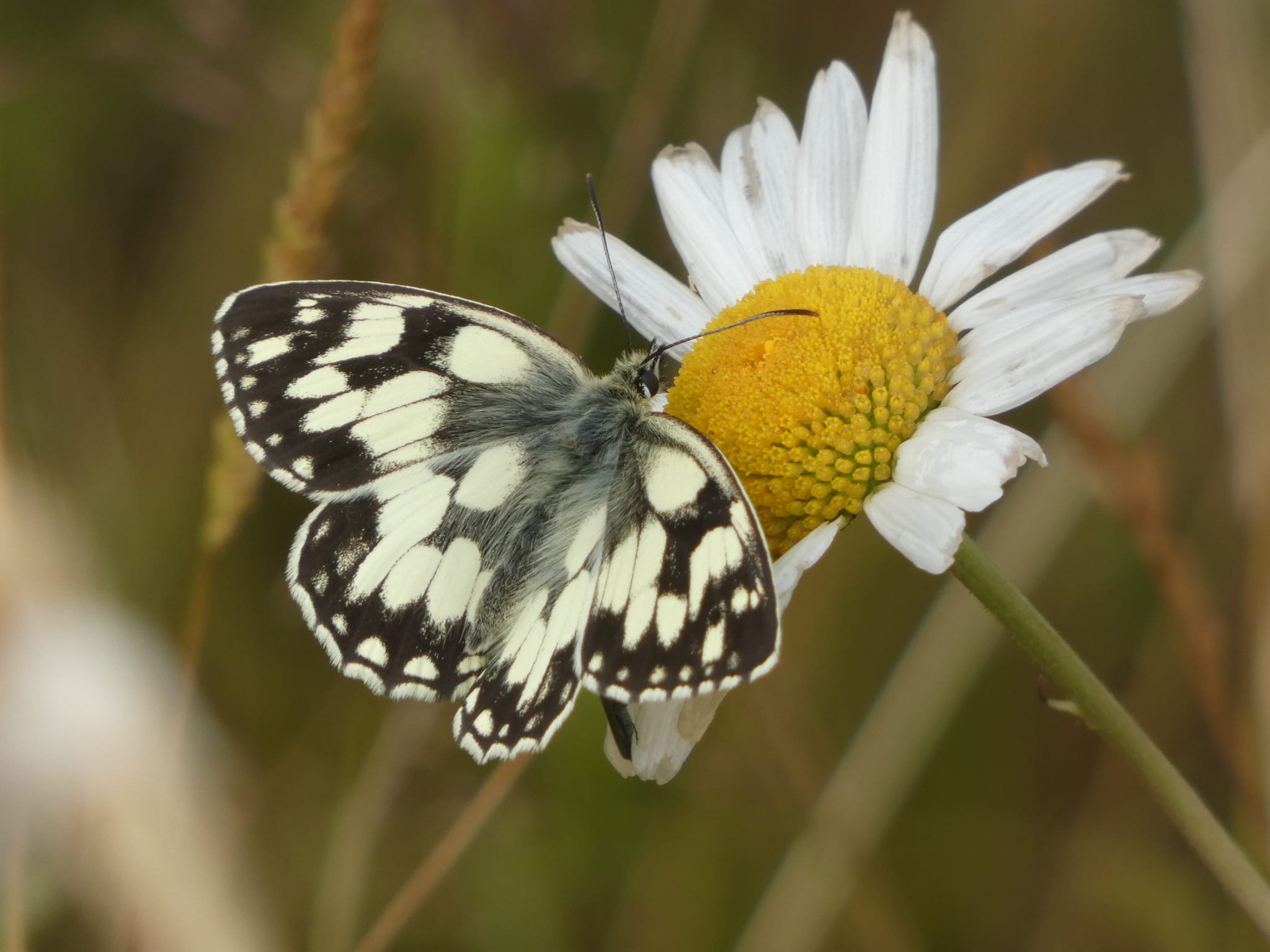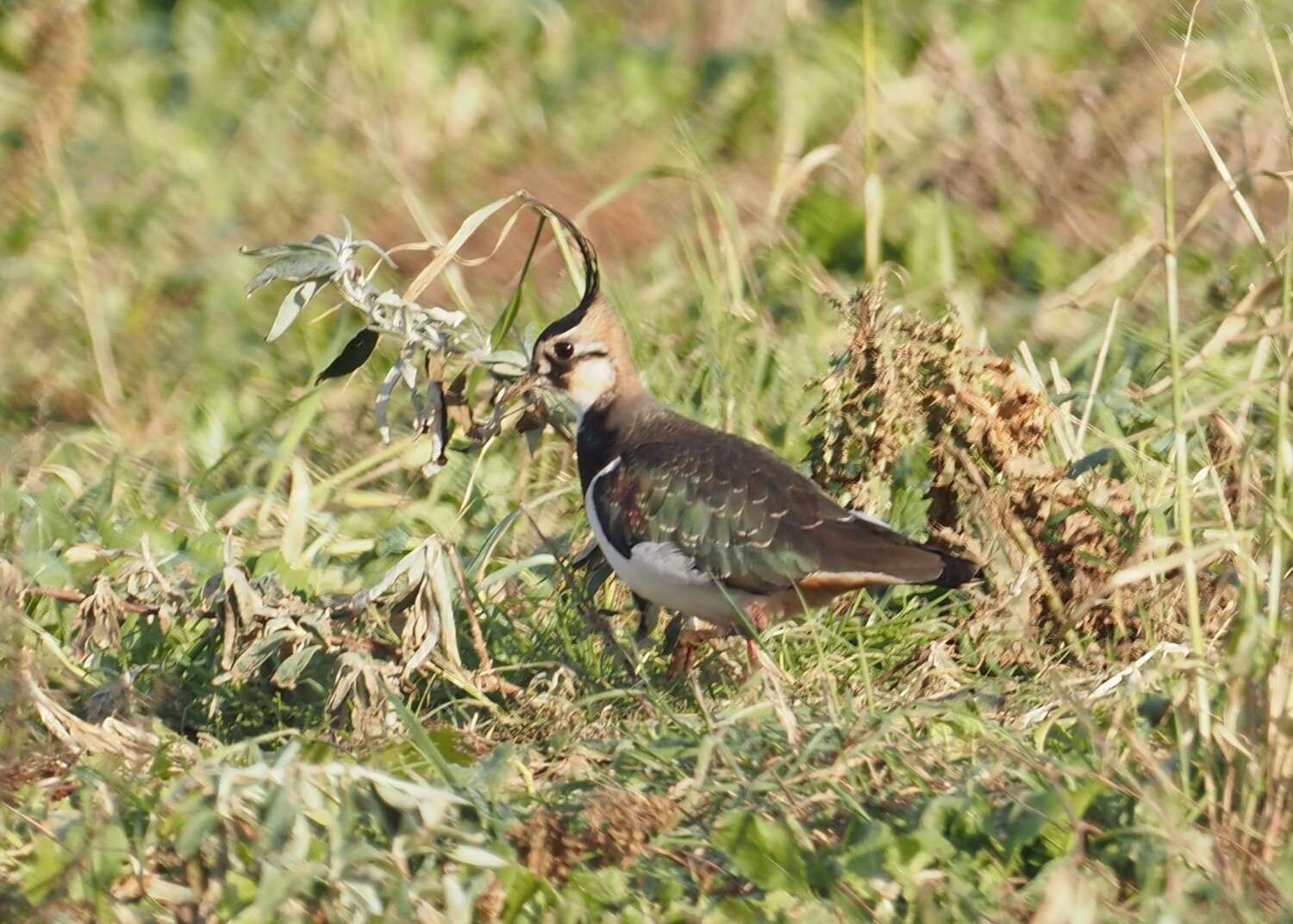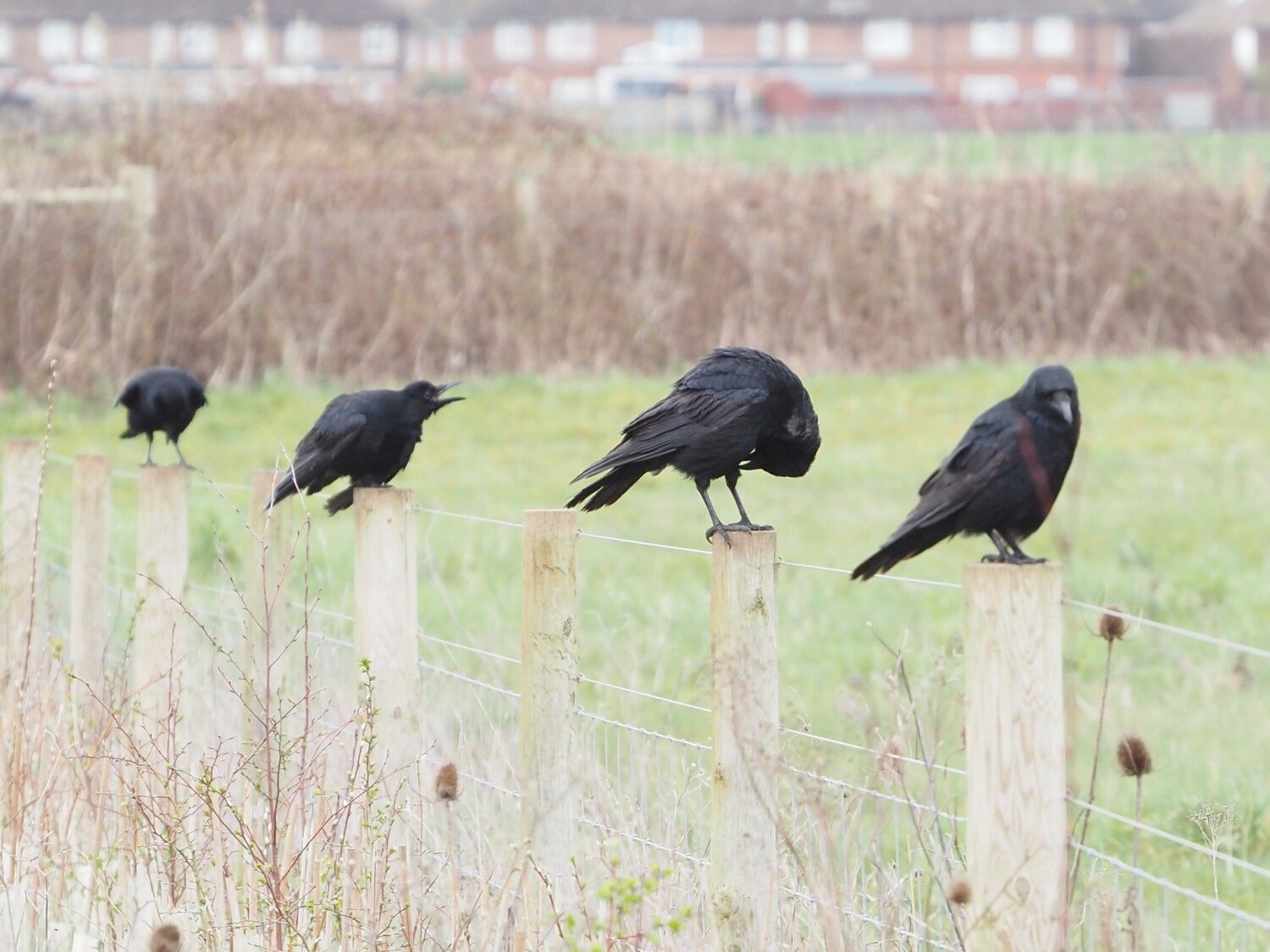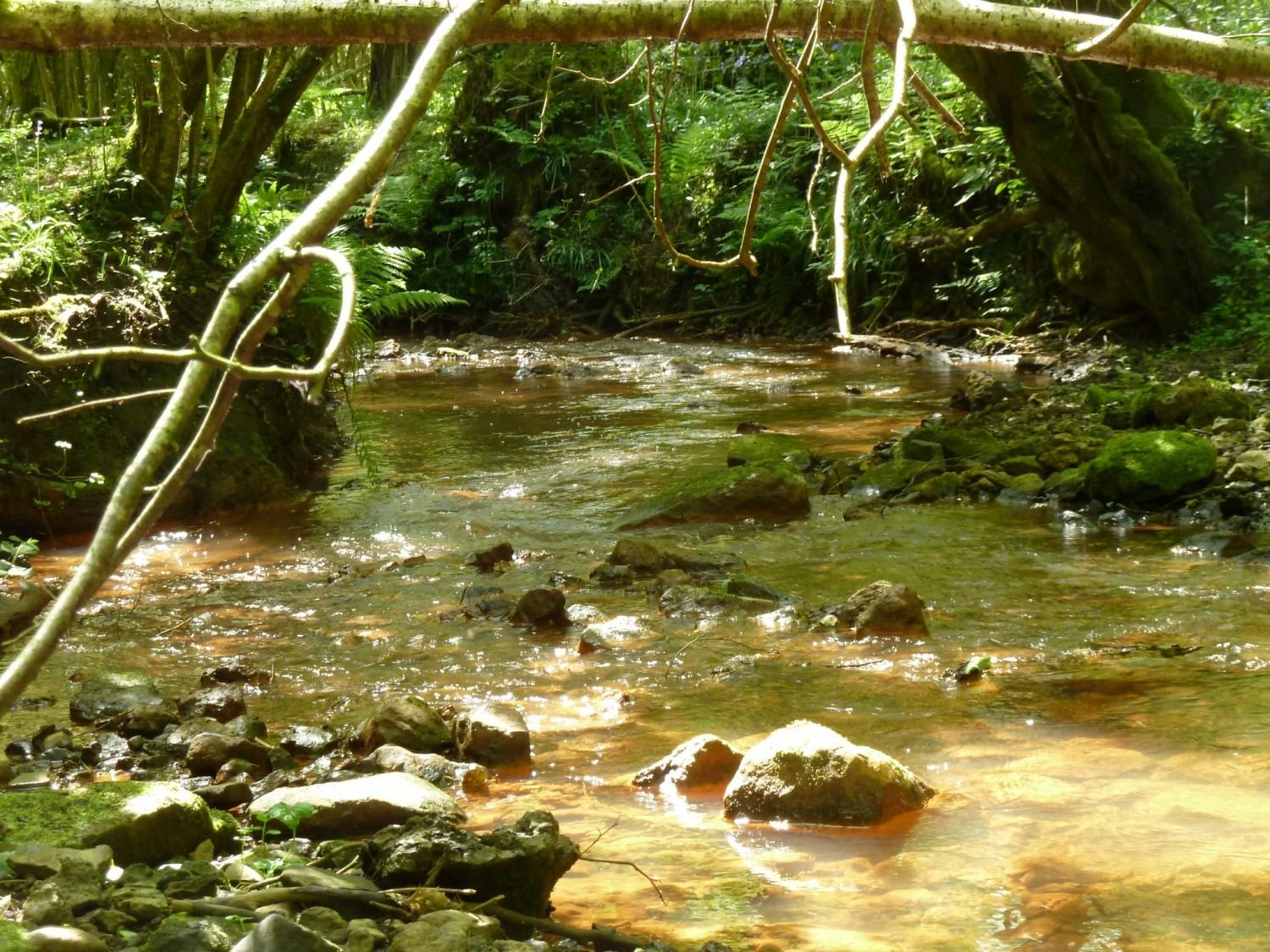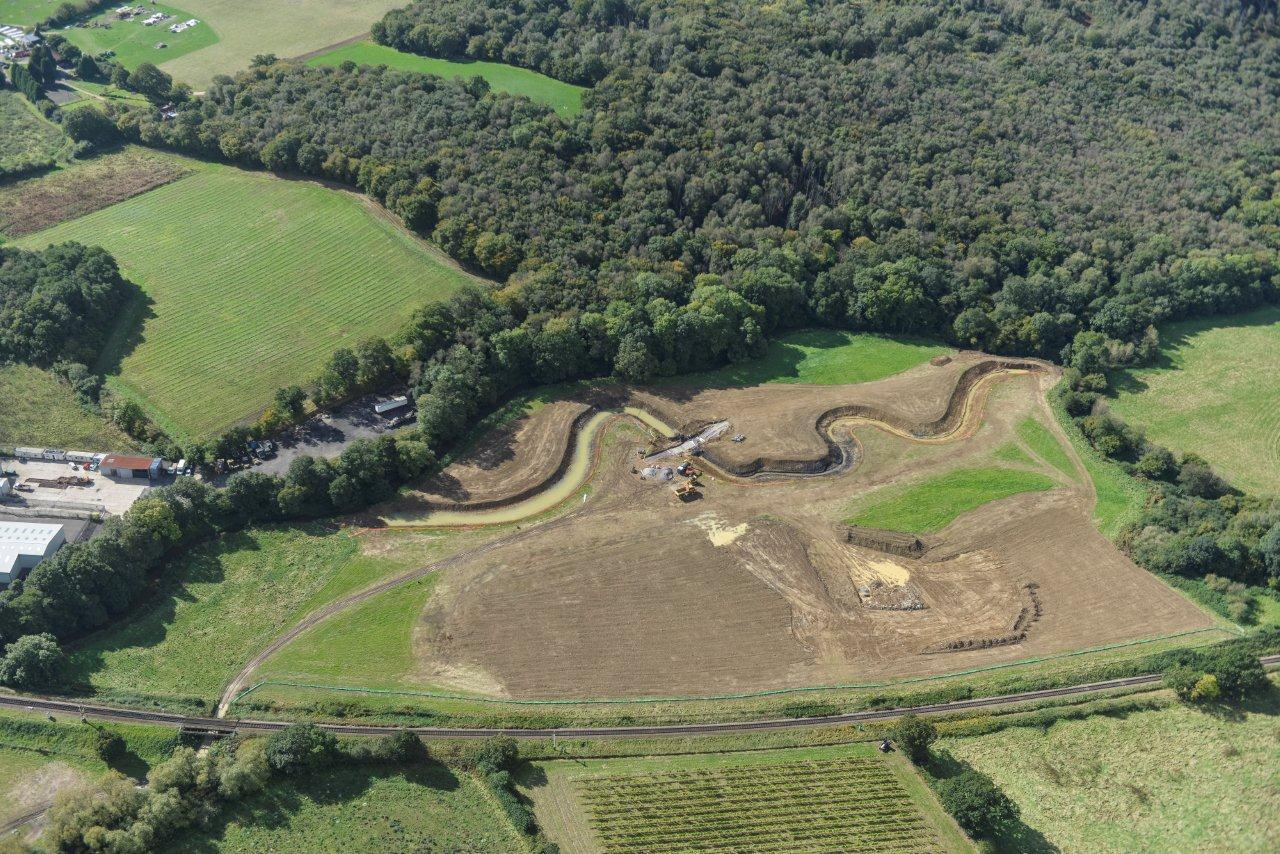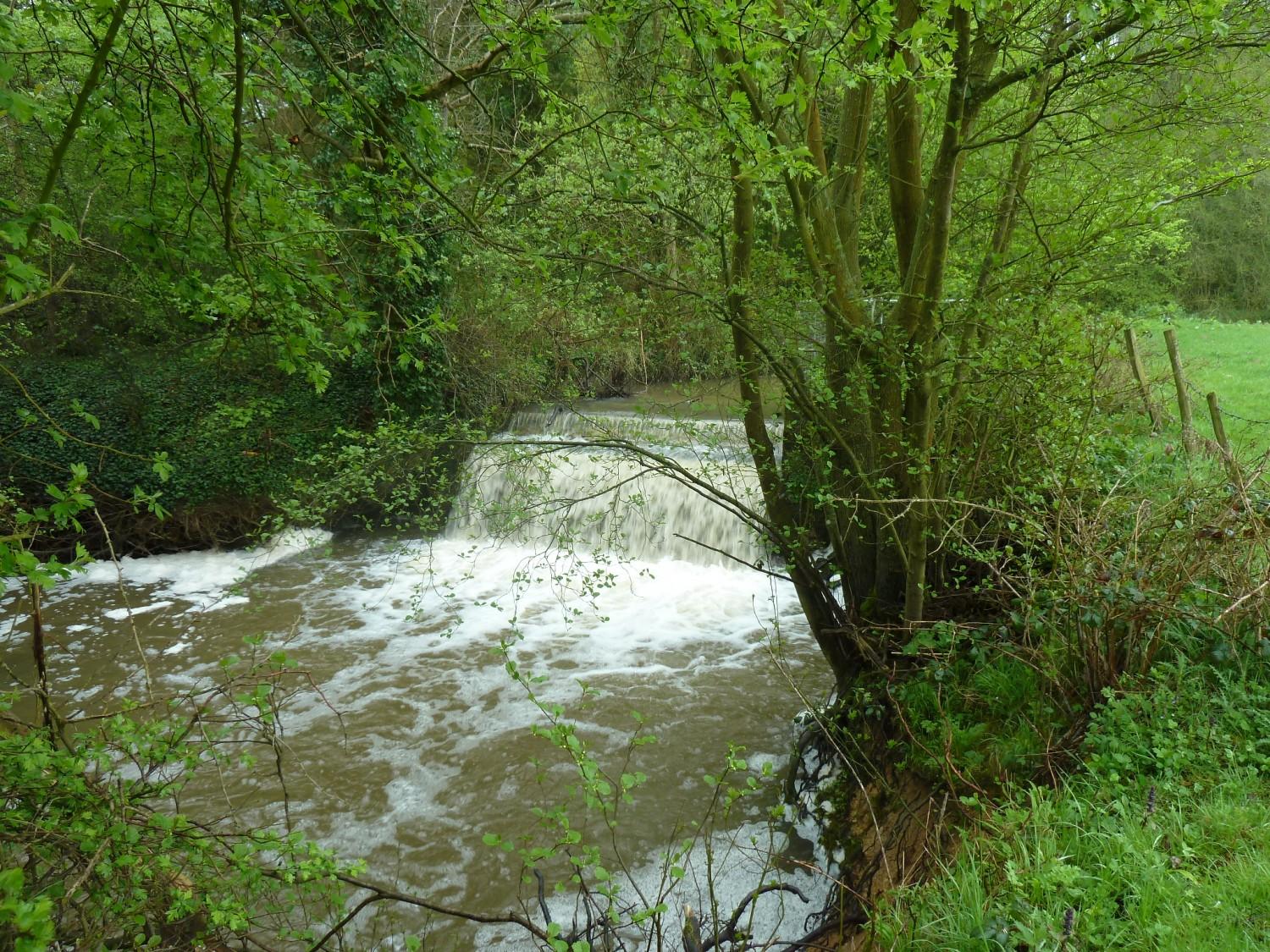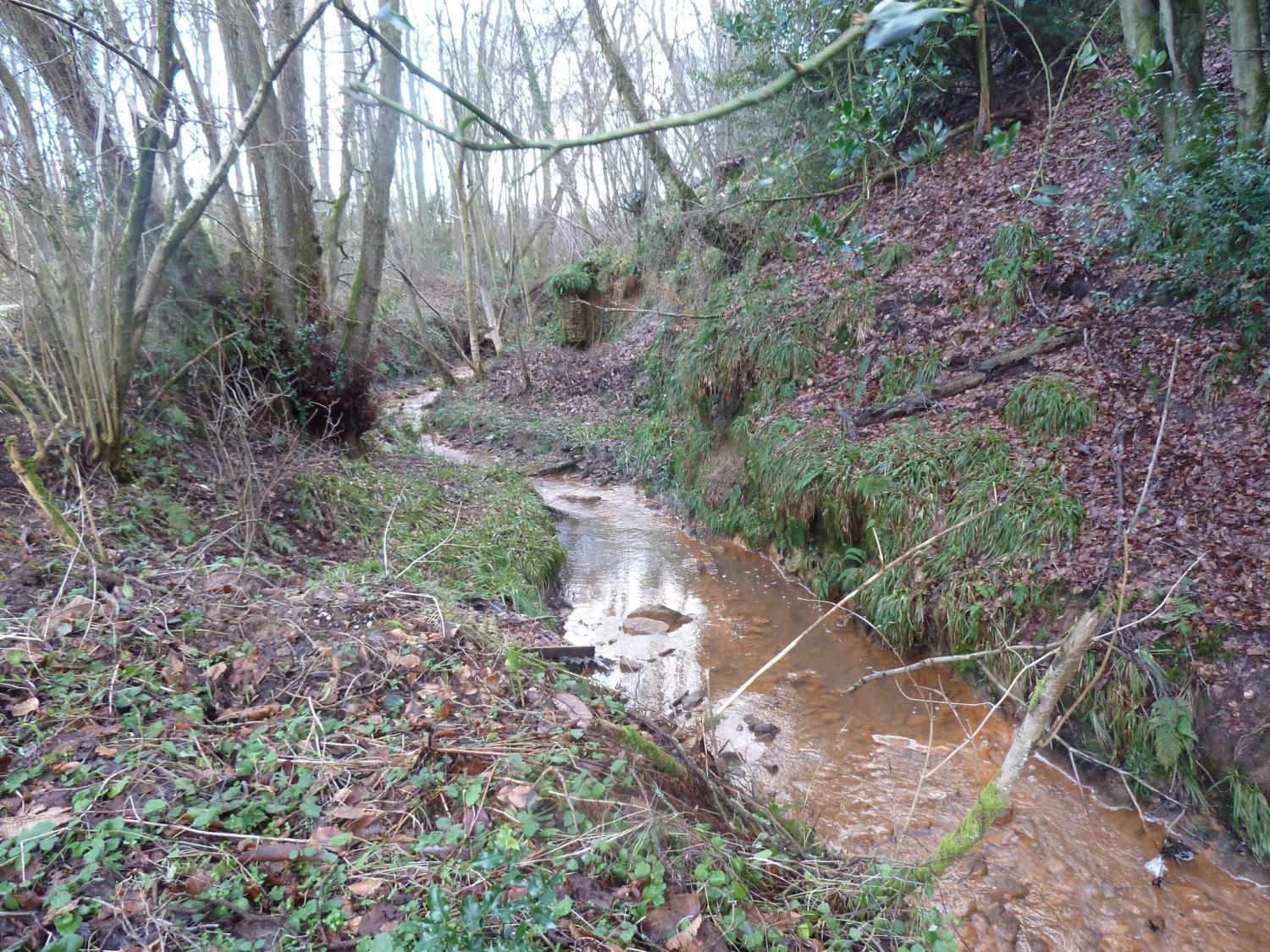
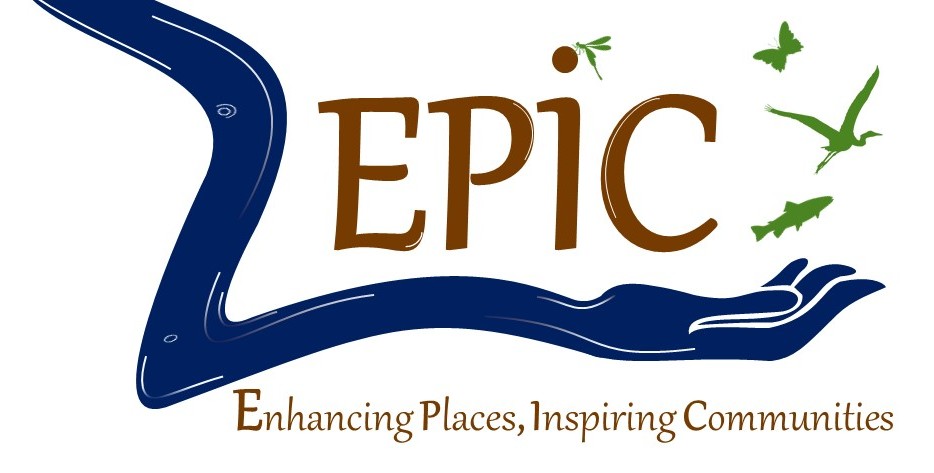

The Vision
“To enhance and engage communities with the natural heritage of the Broadwater Brook as it flows through the urban fringe greenspace at Sompting. This will be achieved by opening c.900m of the currently culverted channel through Sompting Brooks, creating wetland habitat that is rich in wildlife and is accessible to all. Community involvement throughout will inspire individuals, community groups and landowners to become connected with their natural heritage bringing a sense of ownership and ensuring the lasting legacy and future conservation of the site”
This ephemeral chalk stream was in a highly degraded state, the vast majority of it was underground, flowing through pipes, whilst the short, above ground, sections were impacted by historical and contemporary pollution. Pre-restoration surveys highlighted a stream with negligible ecological value and a heavily modified characteristic many felt too costly or difficult to fix.
Between 2016 and 2021, in partnership with the Sompting Estate Trust and supported by the National Lottery Heritage Fund, the Environment Agency, Rampion Offshore Wind, and the local community we realigned the channel and changed the nature of the surrounding farmland, creating a cleaner, accessible and wildlife rich area for future generations to enjoy.

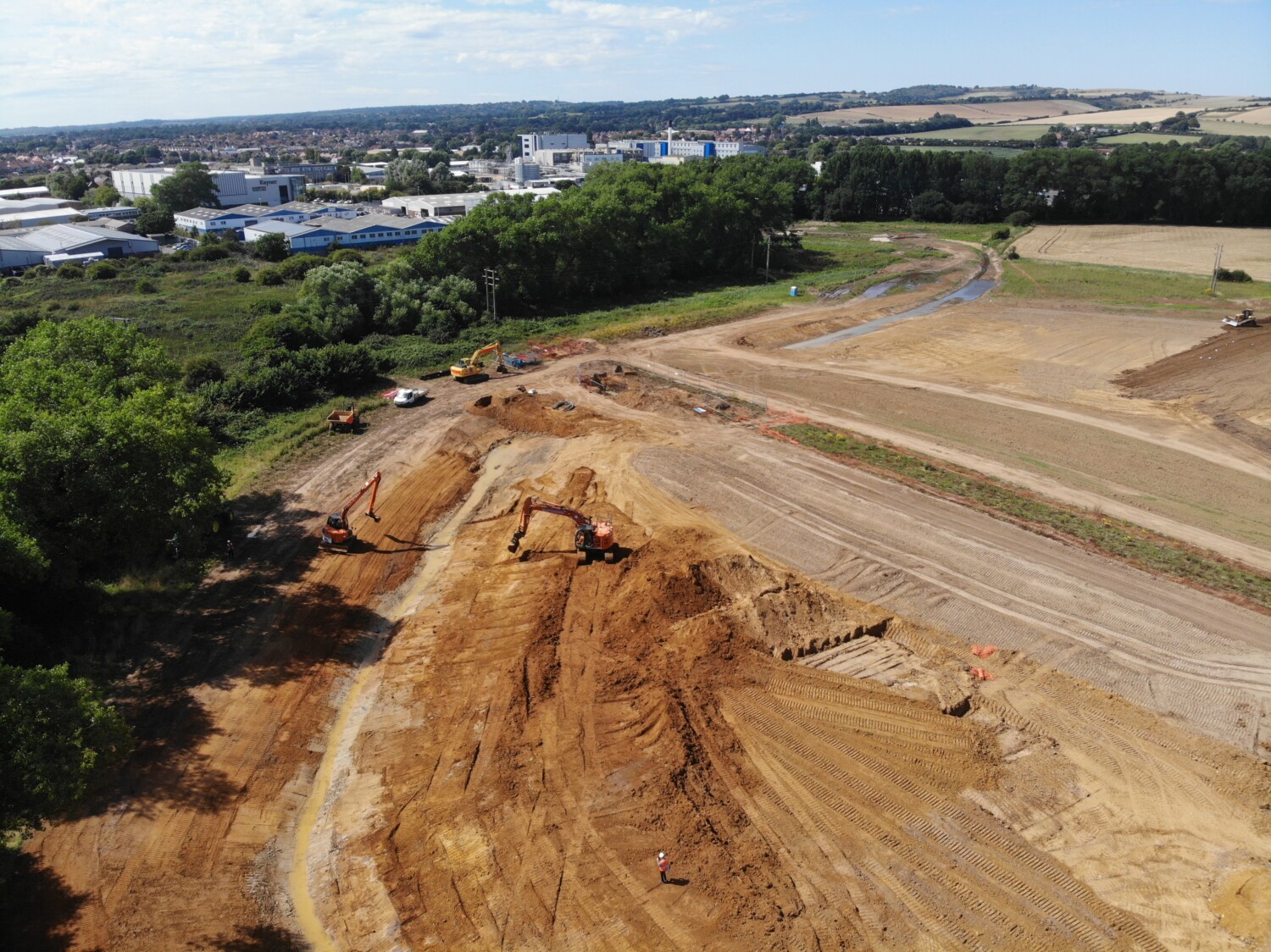
Restoring the Brook
Starting in June 2019 the bulk of the earth works were completed over two months with a new, 900m long multi stage channel and two silt traps constructed to trap pollutants from the surrounding urban areas. The new channel was seeded with hydroseed to enable rapid establishment of vegetation on the banks and very quickly we saw macrophytes (in-channel plants) starting to appear. The new habitat attracted some early colonisers including the first recording of scarce blue-tailed damselfly in Sussex for 125 years. Today the channel is a vibrant array of species and vegetation and the water quality has improved dramatically.
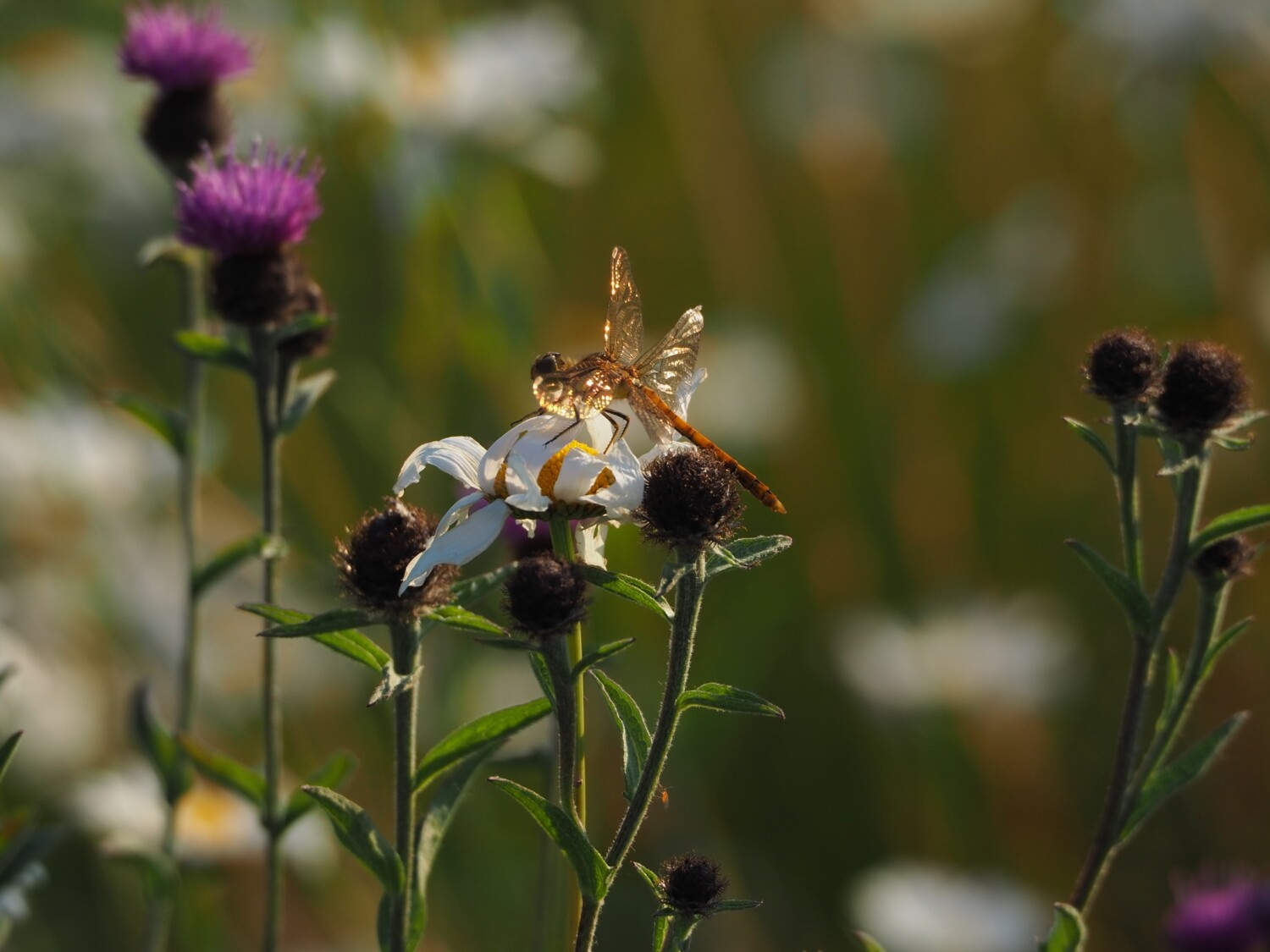
Results
We have monitored the sites biodiversity since the new channel was constructed. Pre-works surveys recorded 179 species increasing to over 600 by the end of 2022. Water quality monitoring has shown levels of phosphate now meet the requirements for good ecological status and downstream turbidity has decreased by 36%. Freshwater invertebrate monitoring (BMWP) has seen an increase in average scores across three sampling locations from 28 to 73, pretty good for lowland river systems. We continue to monitor the site and work under an adaptive management plan to ensure the site thrives into the future.

Community Involvement
Over 1,700 members of the local community and 1,100 local school children got involved in the project. From wildlife surveys to urban wildlife campaigns, nature photography courses to practical conservation tasks, and oral histories to archaeological investigations there was something for everyone. Citizen science programmes ‘Helping Hands for Harvest Mice’, water testing (chemical and biological) and ecological monitoring brought a further 117 individuals to the project. Our legacy group – the Sompting River Rangers – continues to actively monitor and manage the site under the coordination of OART.
Awards
We are delighted that this project received recognition by winning the Reach Scale Award at the 2021 River Restoration Conference and was awarded a Gold Standard in Ecosystem Restoration by the United Nations Association – Climate & Oceans.
